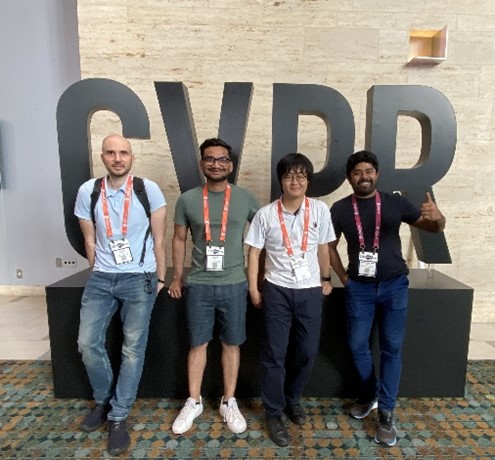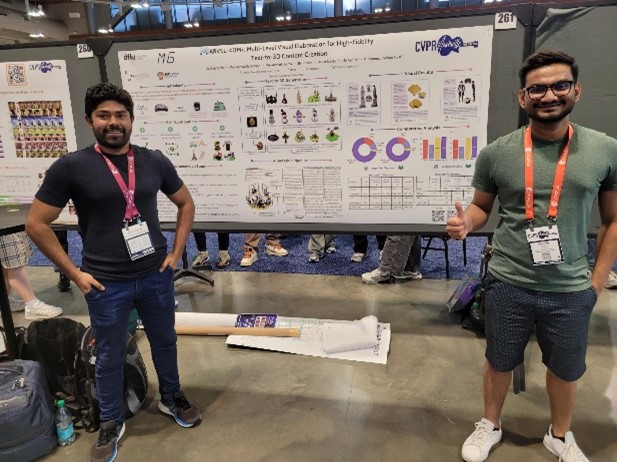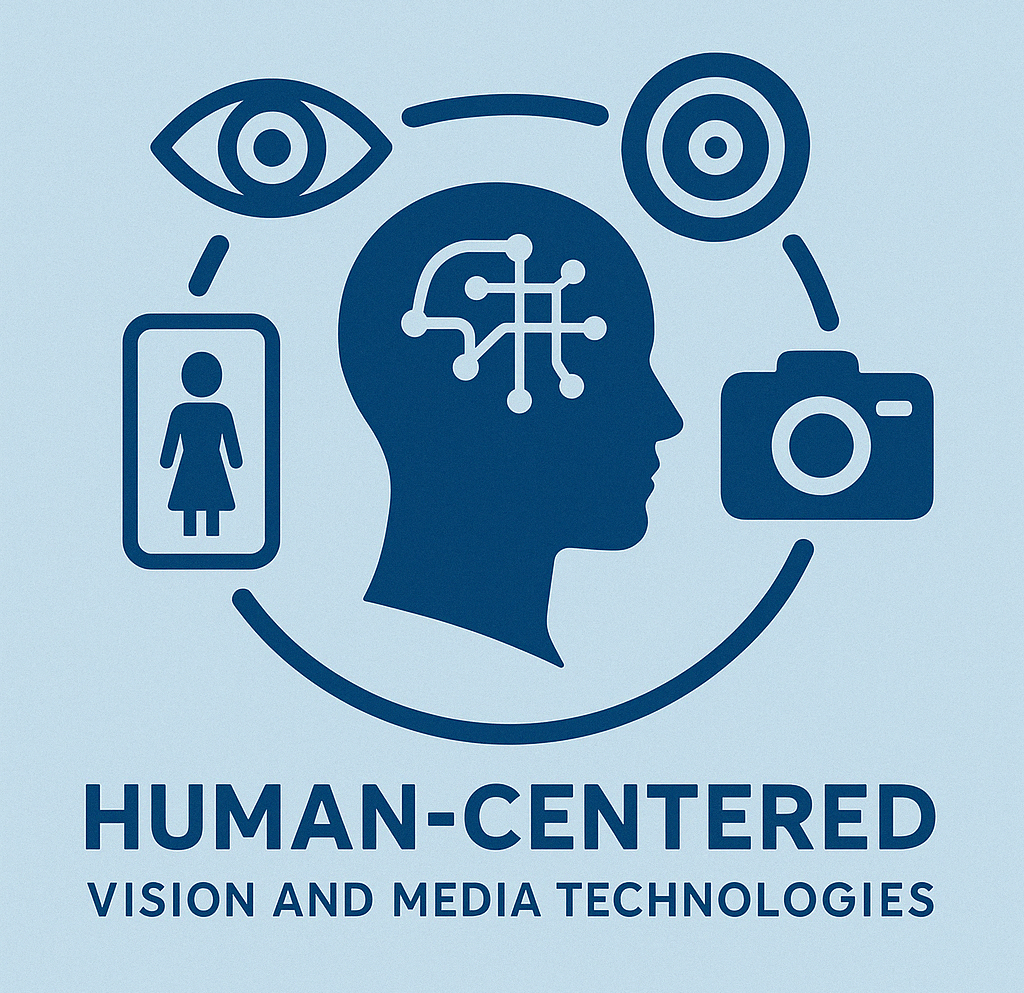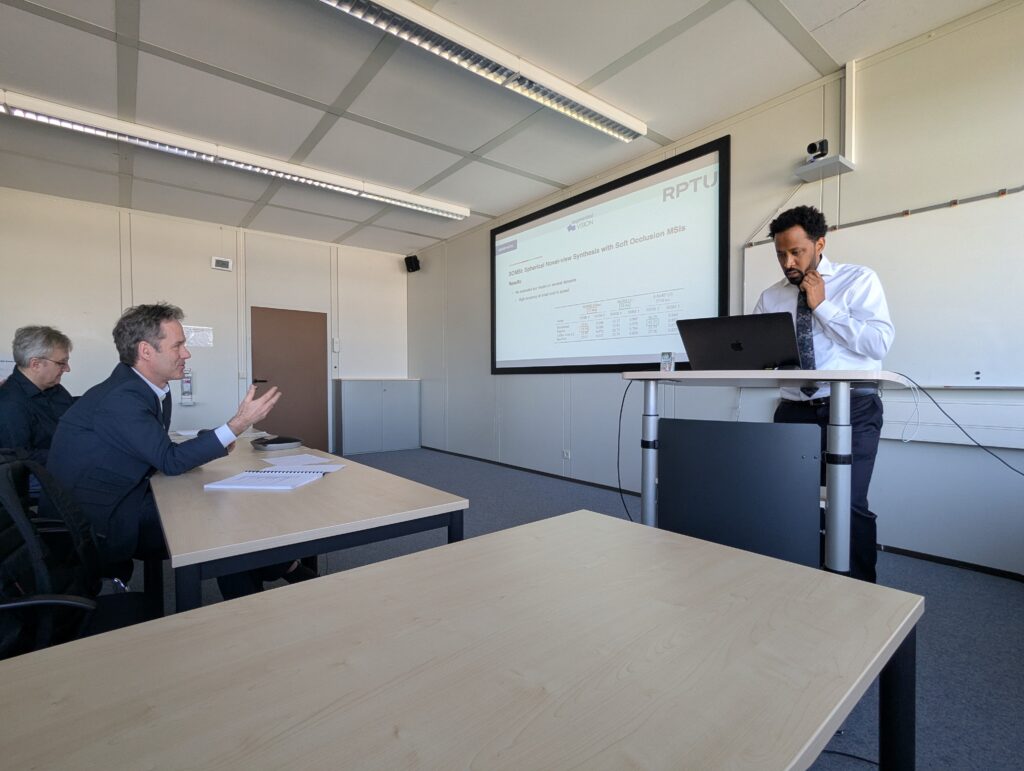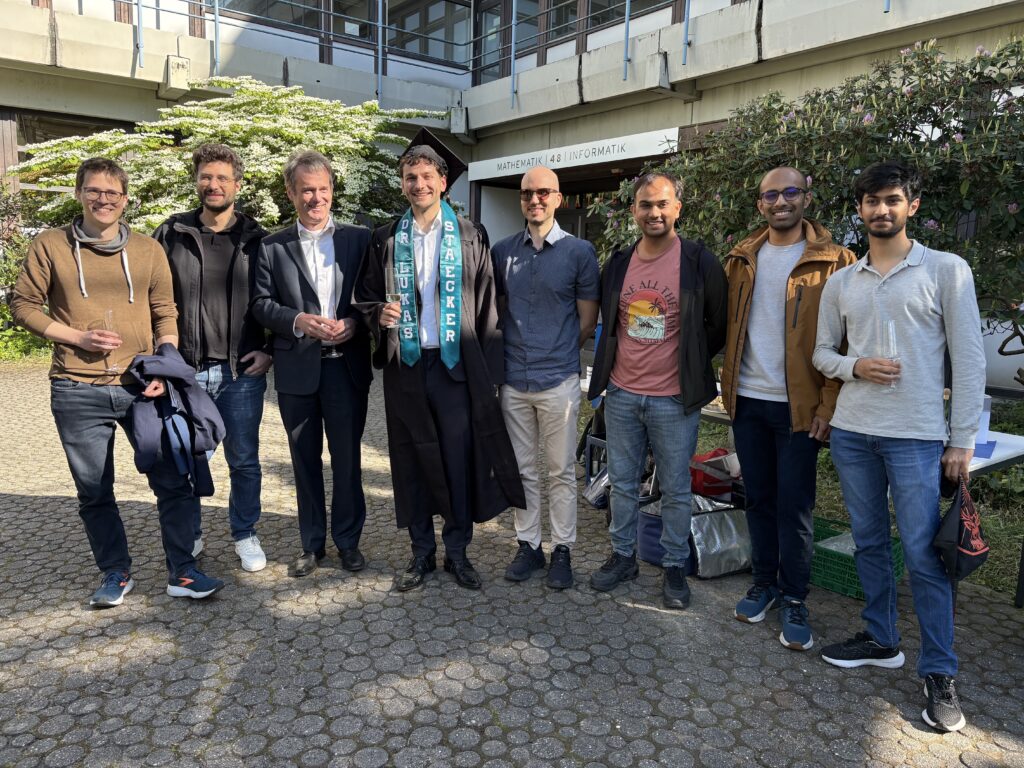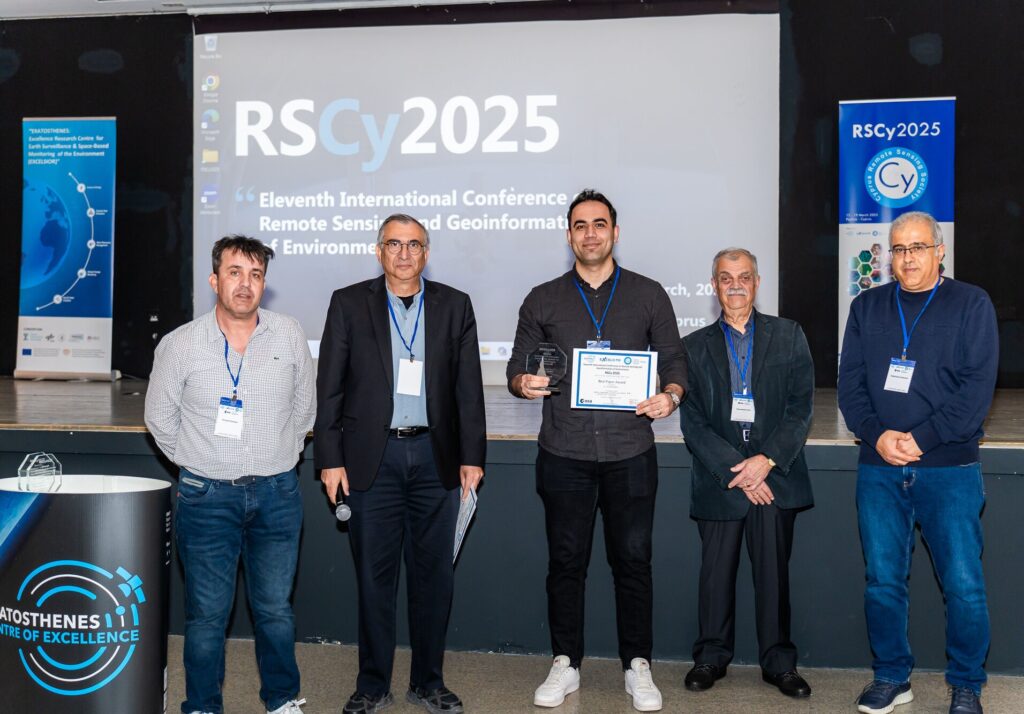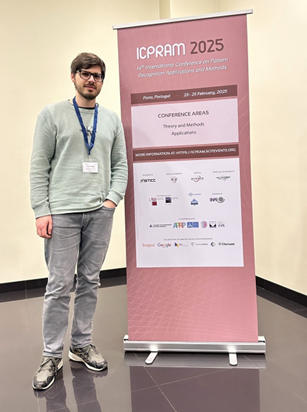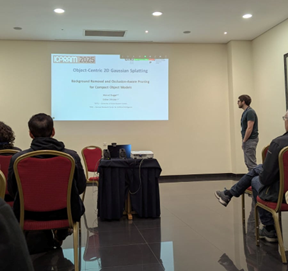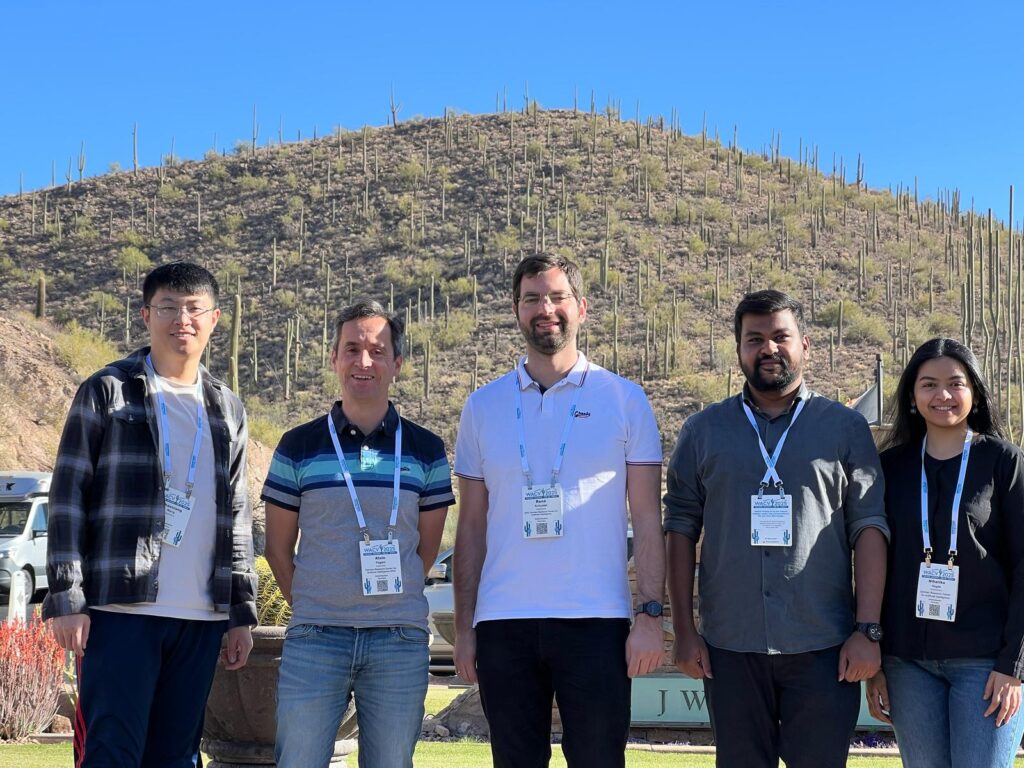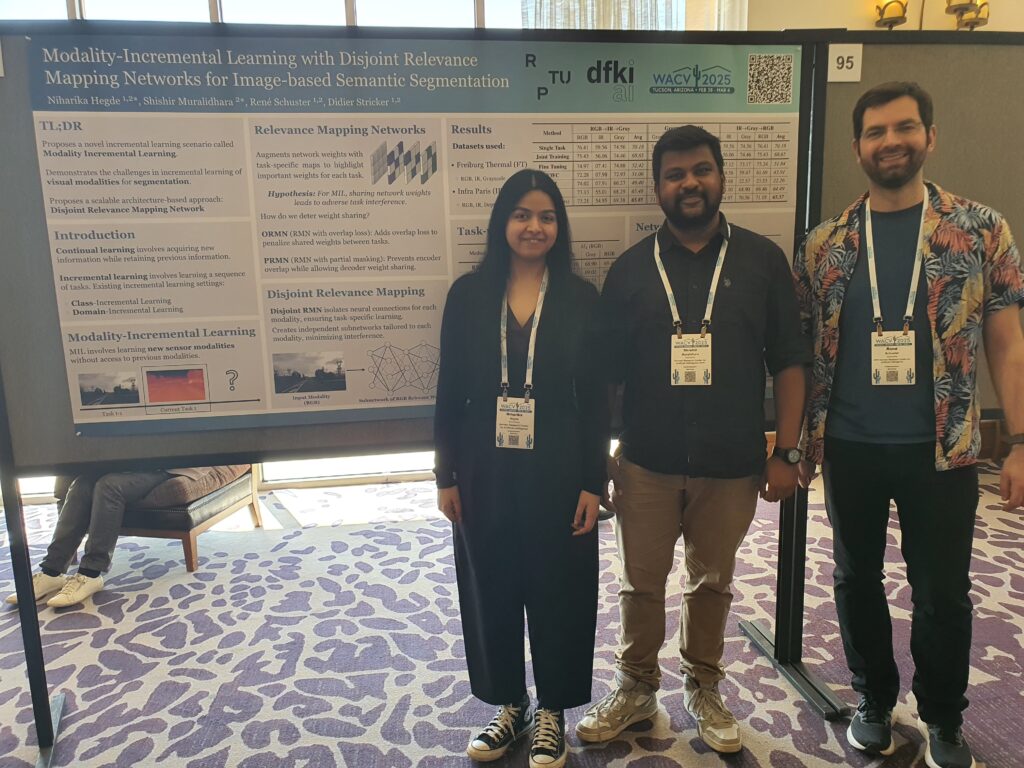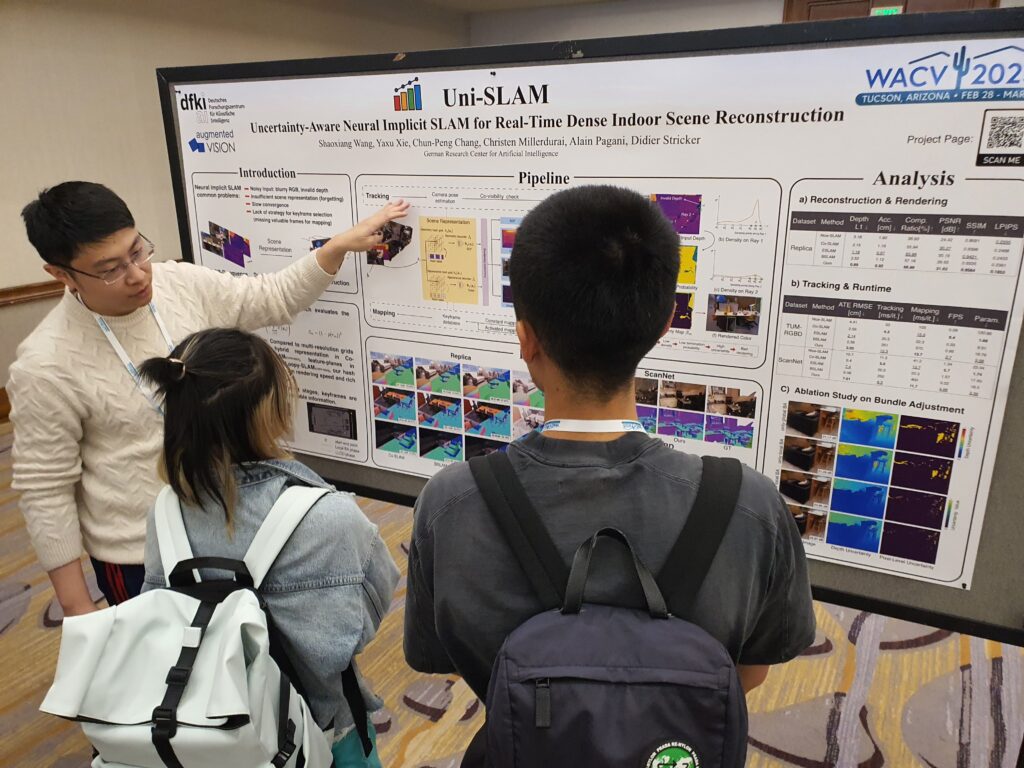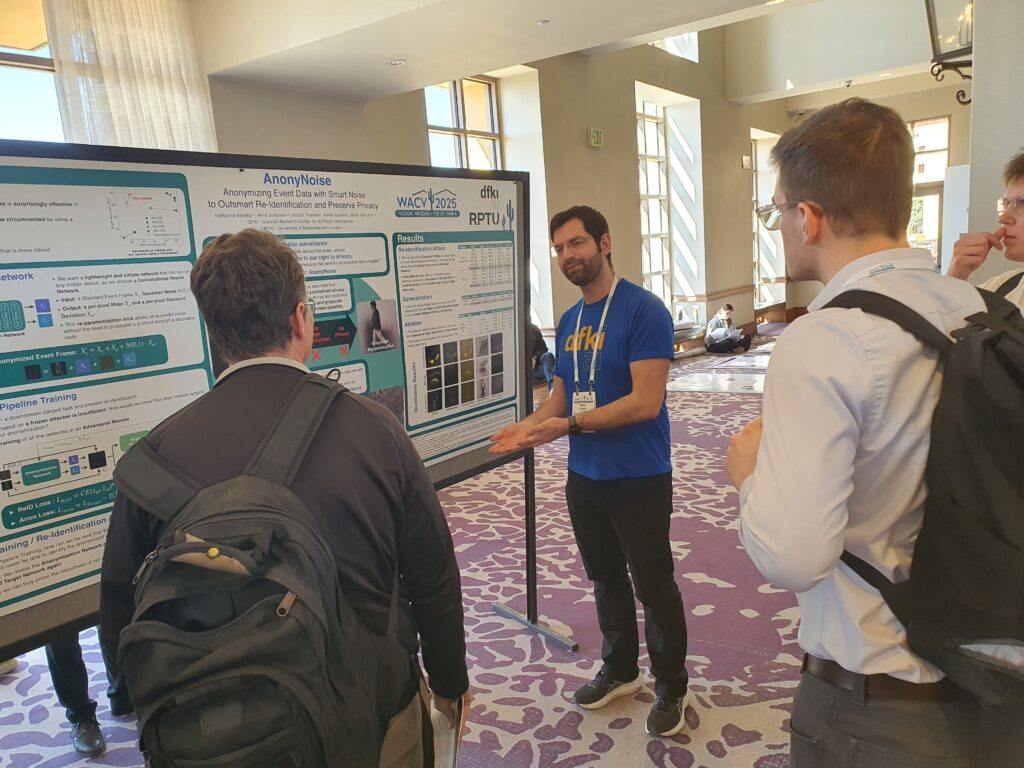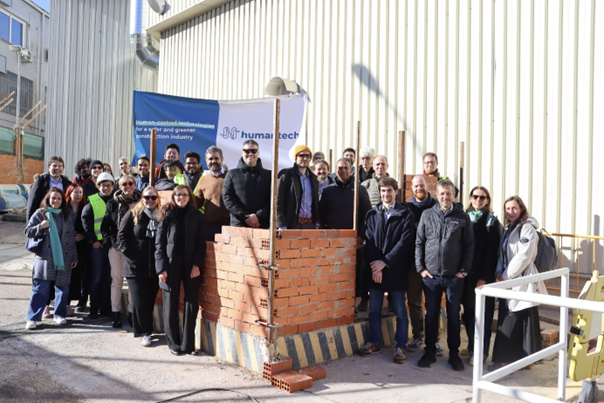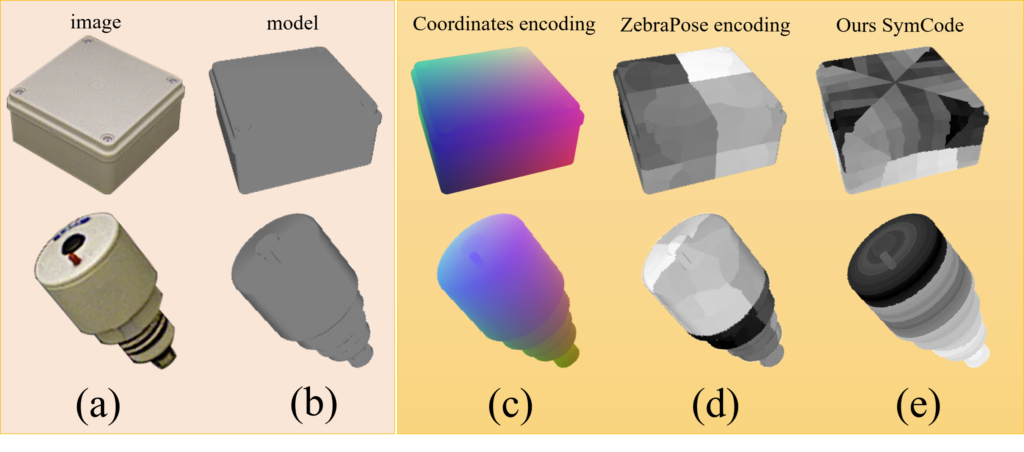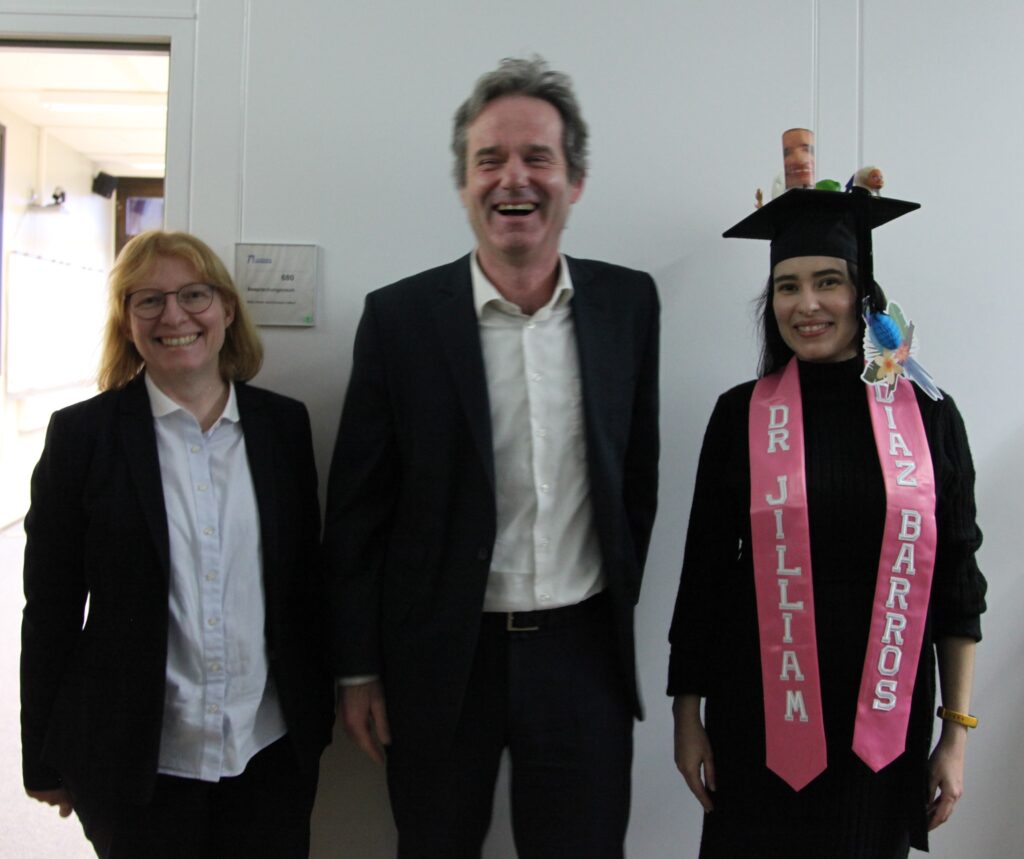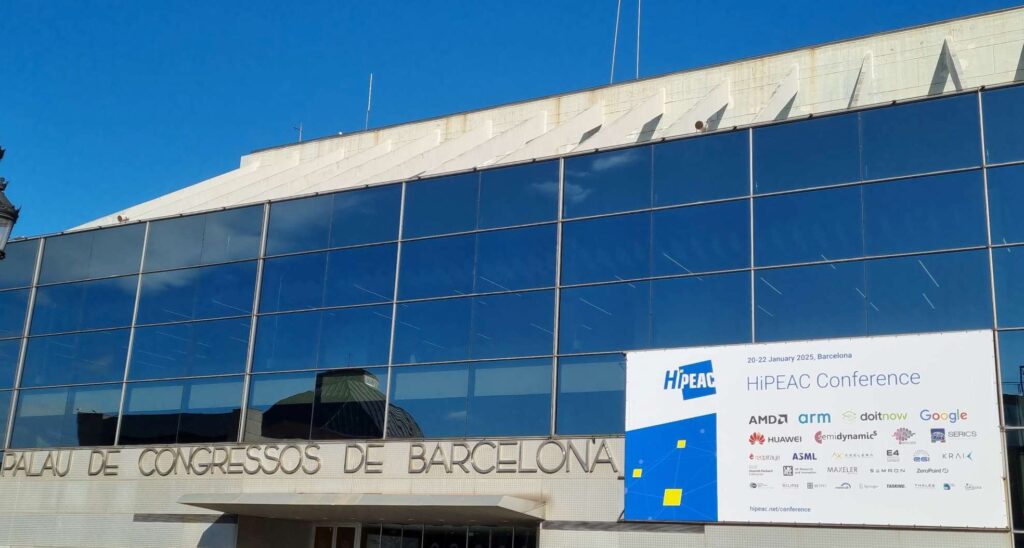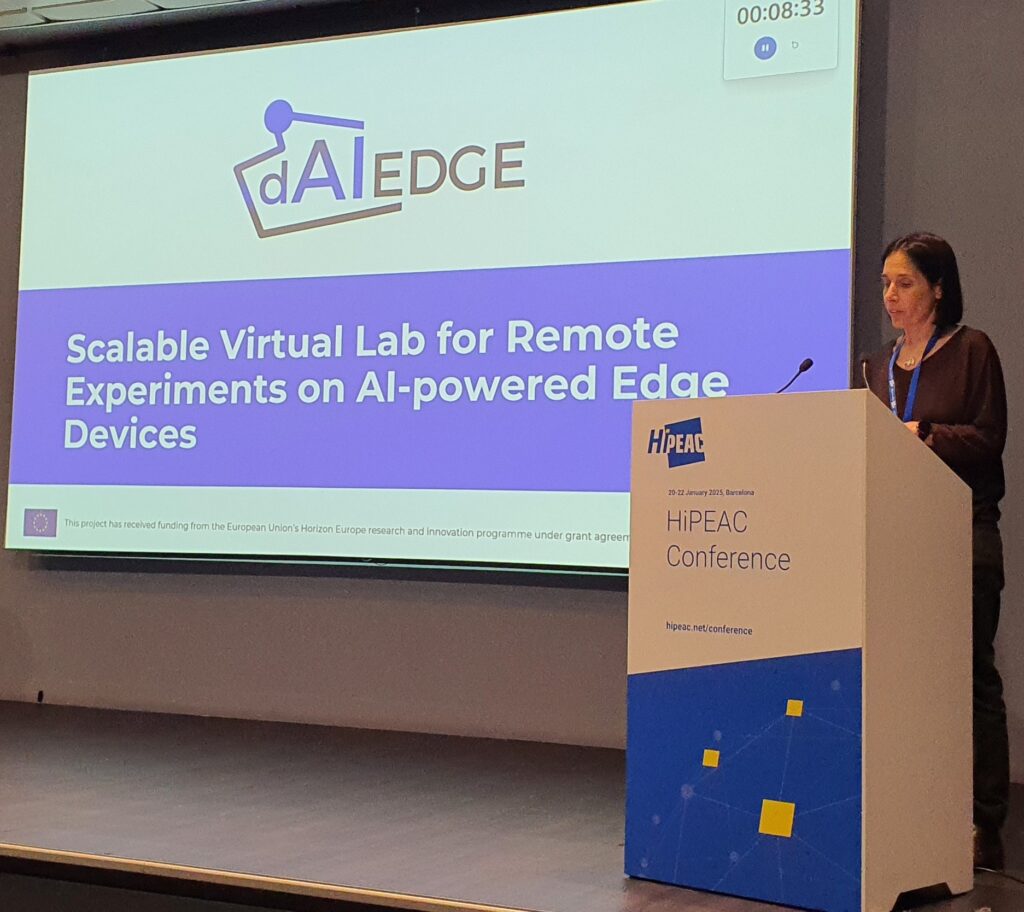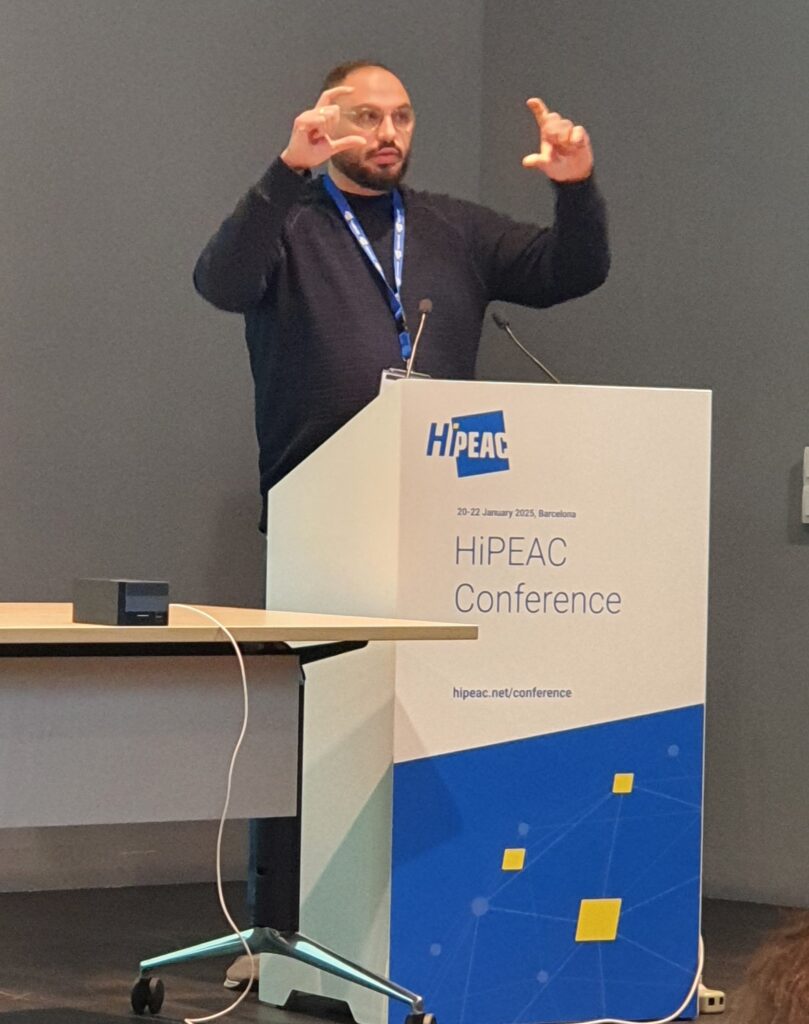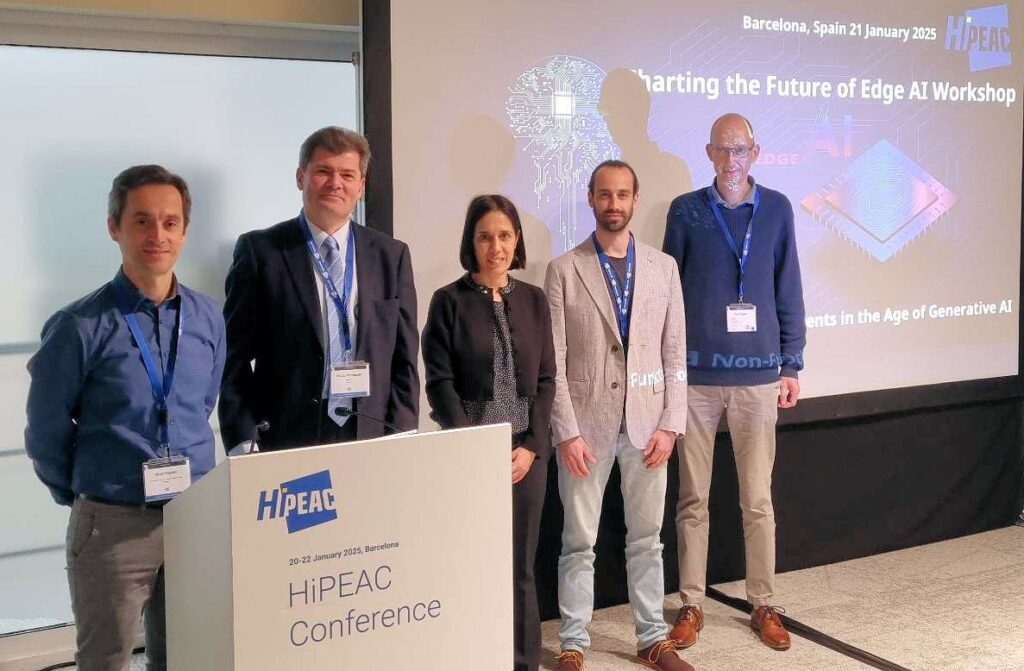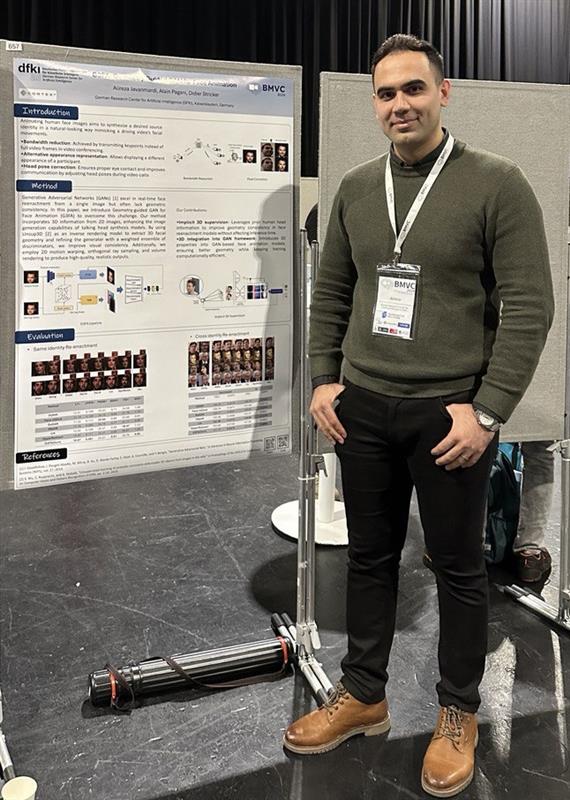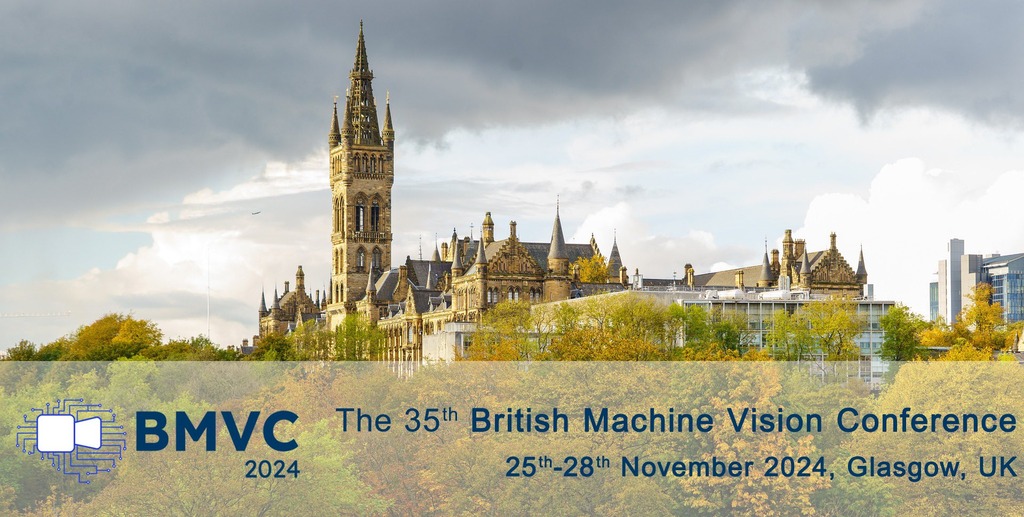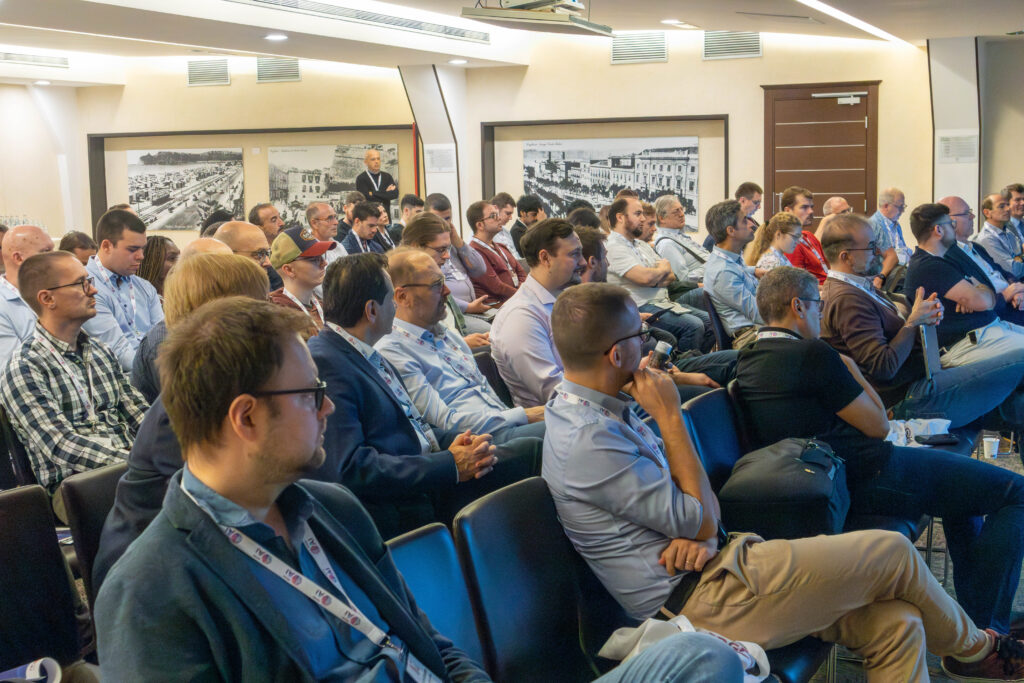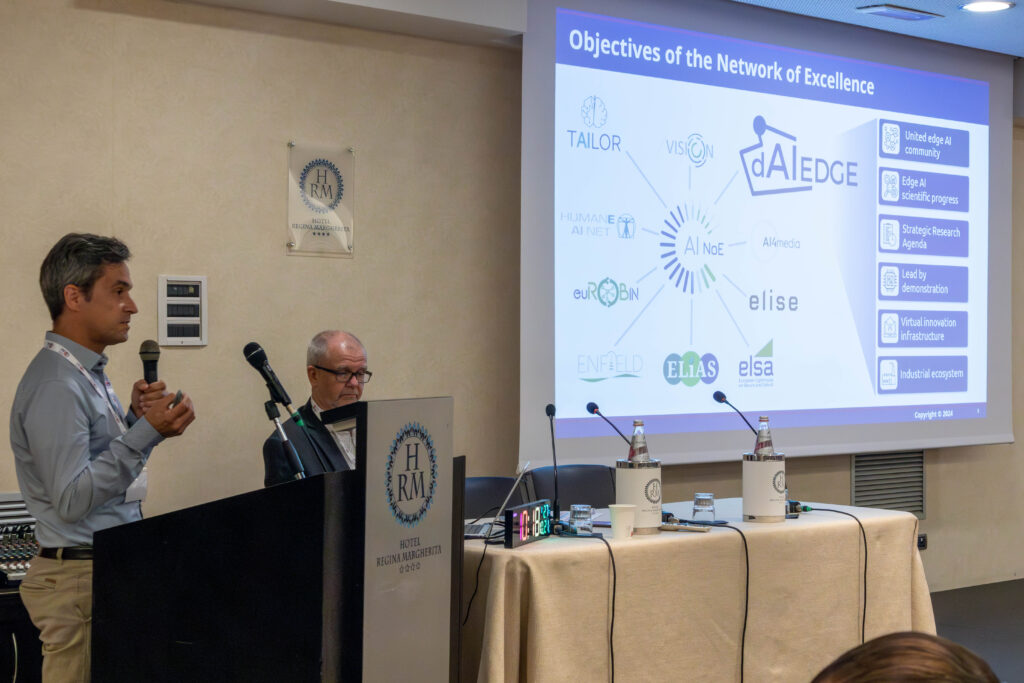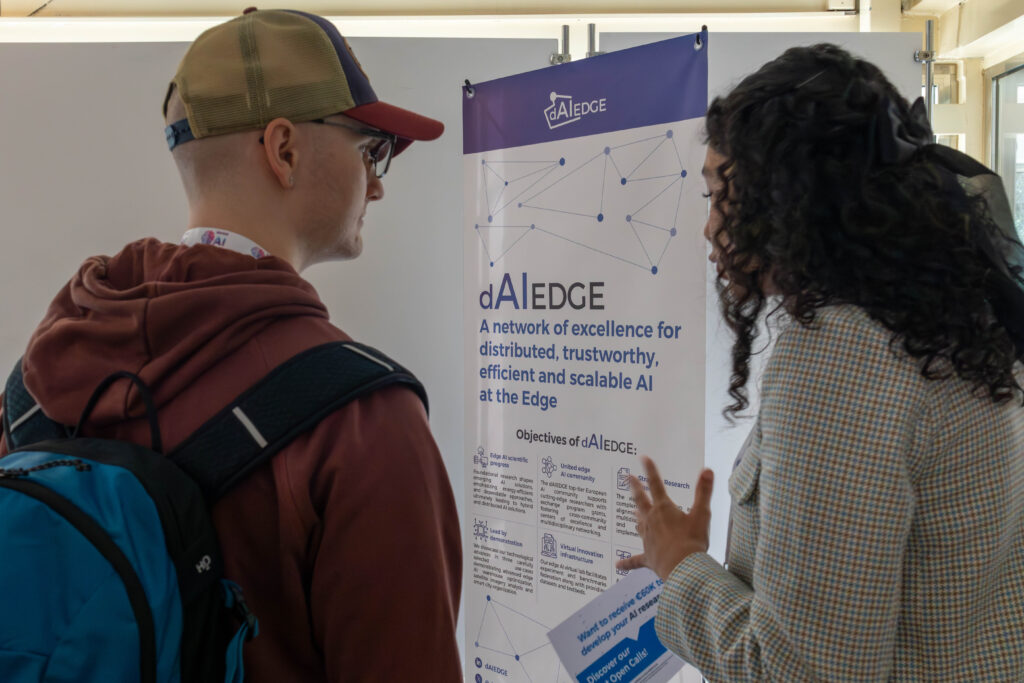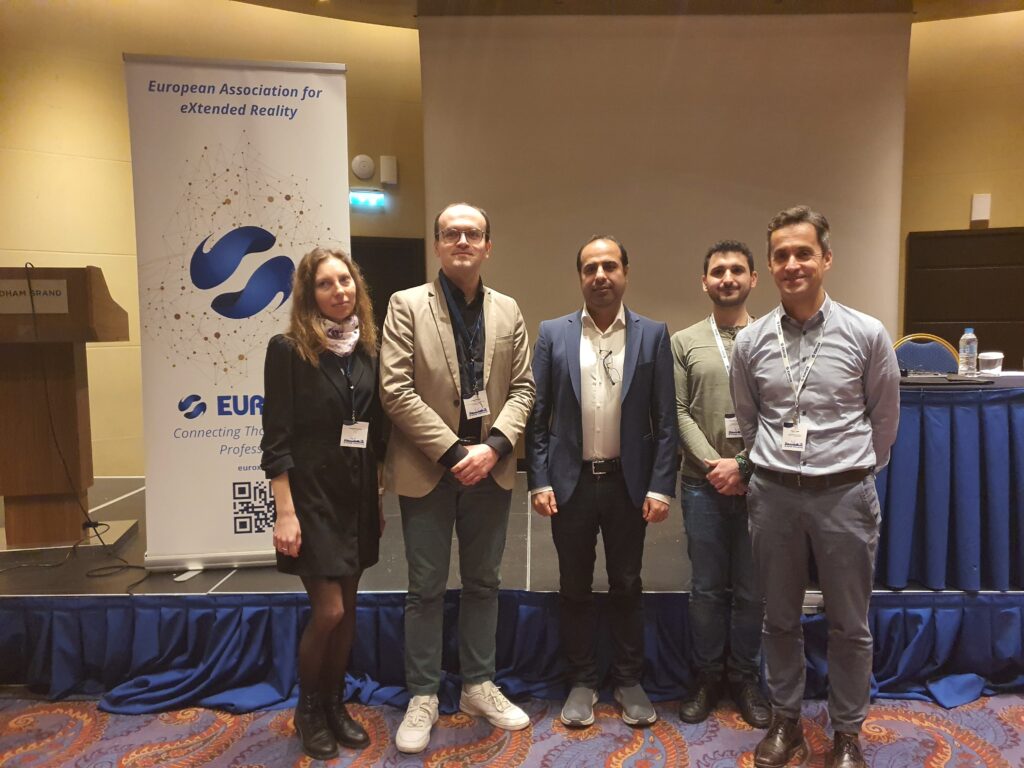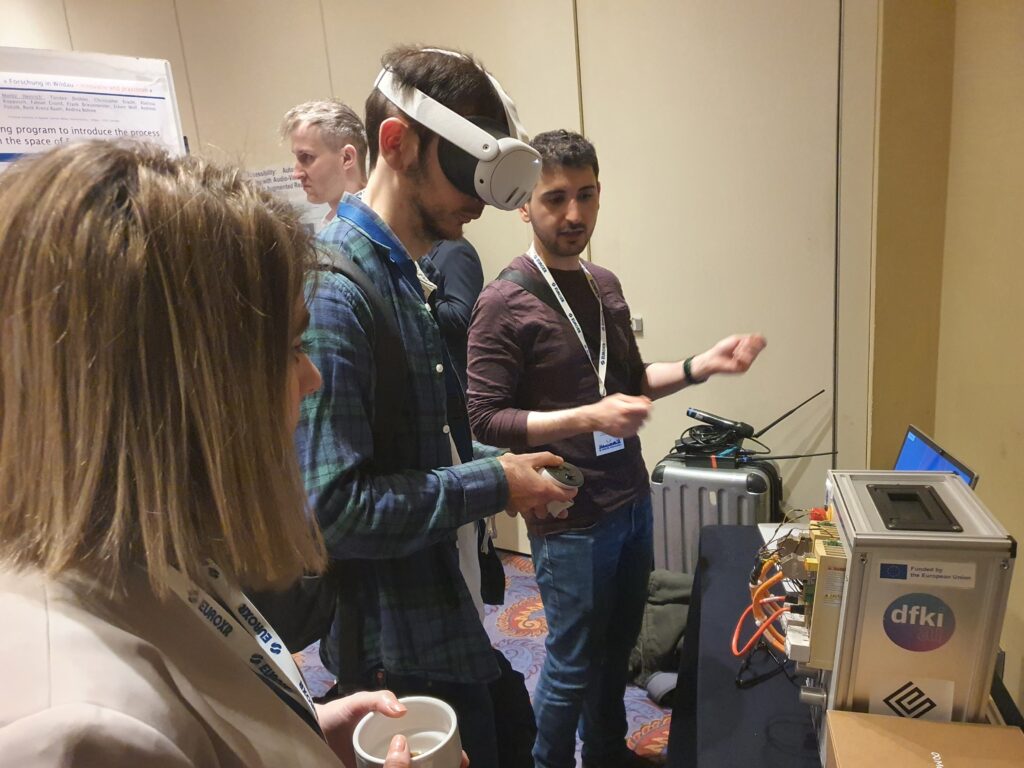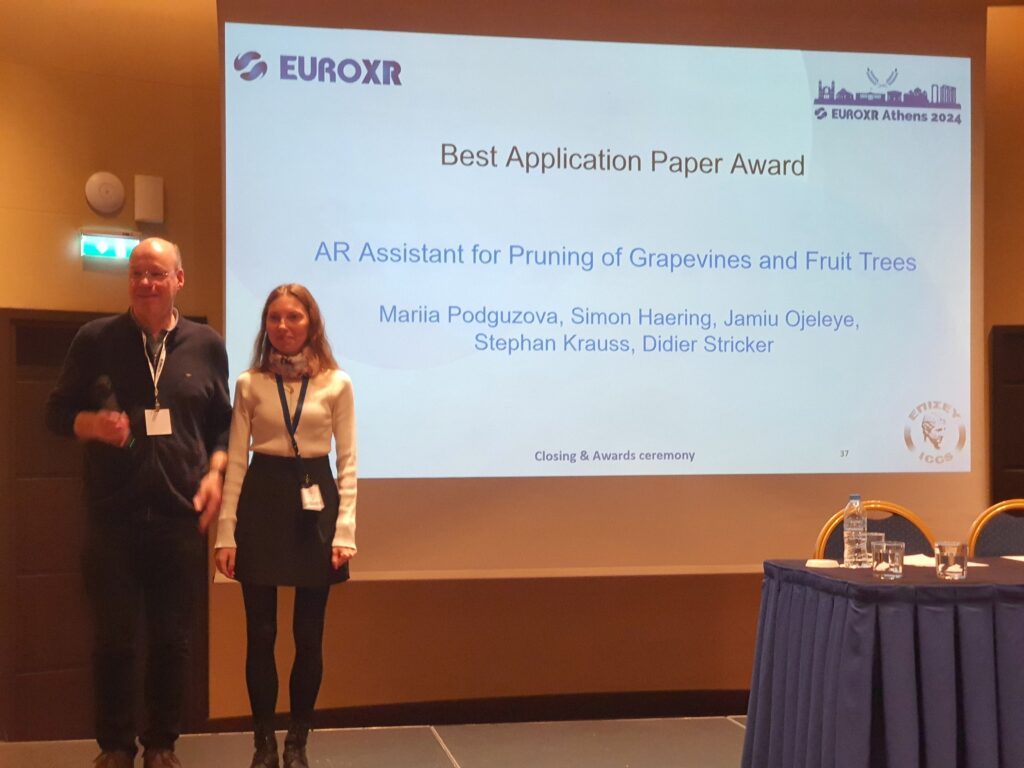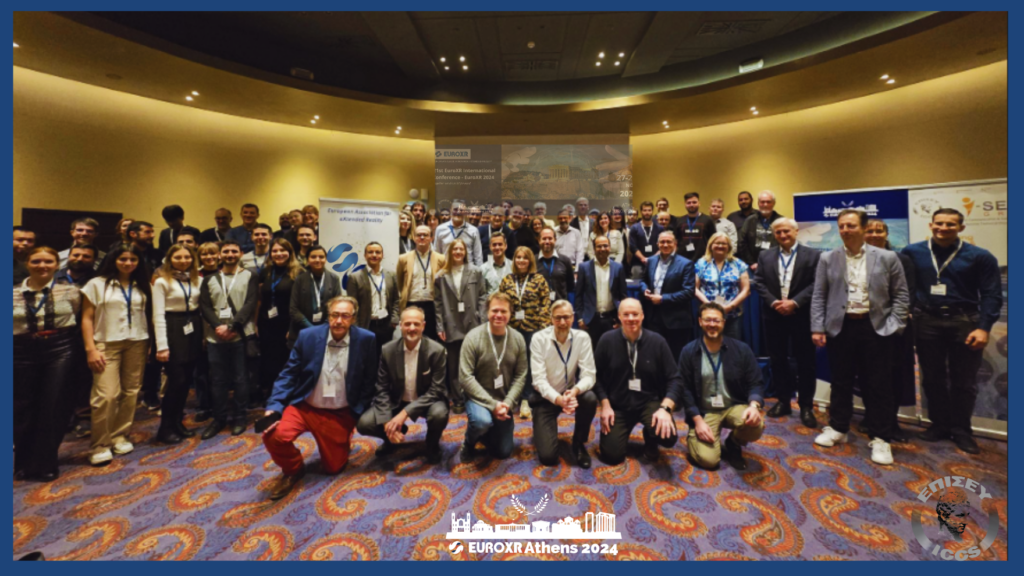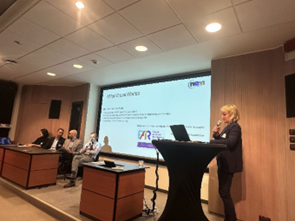The Augmented Vision department had a strong presence at the IEEE Computer Vision and Pattern Recognition CVPR 2025 conference with contributions to the main conference, workshops, and challenges:
Main Conference Paper
MARVEL-40M+: Multi-Level Visual Elaboration for High-Fidelity Text-to-3D Content Creation
By: Sankalp Sinha, Mohammad Sadil Khan, Muhammad Usama, Shino Sam, Didier Stricker, Dr. Sk Aziz Ali, Muhammad Zeshan Afzal
Project: https://sankalpsinha-cmos.github.io/MARVEL/
Workshop Papers
ToF-360: A Panoramic Time-of-Flight RGB-D Dataset for Single-Capture Indoor Semantic 3D Reconstruction
By: Hideaki Kanayama, Mahdi Chamseddine, Suresh Guttikonda, So Okumura, Soichiro Yokota, Didier Stricker, Jason Rambach
Dataset: https://huggingface.co/datasets/COLE-Ricoh/ToF-360
CACP: Context-Aware Copy-Paste to Enrich Image Content for Data Augmentation
By: Qiushi Guo, Shaoxiang Wang, Chun-Peng Chang, Jason Rambach
PDF:https://www.dfki.de/fileadmin/user_upload/import/15782_cacp_cvpr_workshop.pdf
Towards Unconstrained 2D Pose Estimation of the Human Spine
By: Muhammad Saif Ullah Khan, Stephan Krauß, Didier Stricker
PDF: https://www.dfki.de/fileadmin/user_upload/import/15804_2025116268.pdf
Challenges & Awards
OpenCV Perception Challenge – Bin-Picking Track (7th place)
By: Sai Srinivas Jeevanandam, Jason Rambach
Info: https://bpc.opencv.org/
Outstanding CVPR Reviewer Award
Jason Rambach
